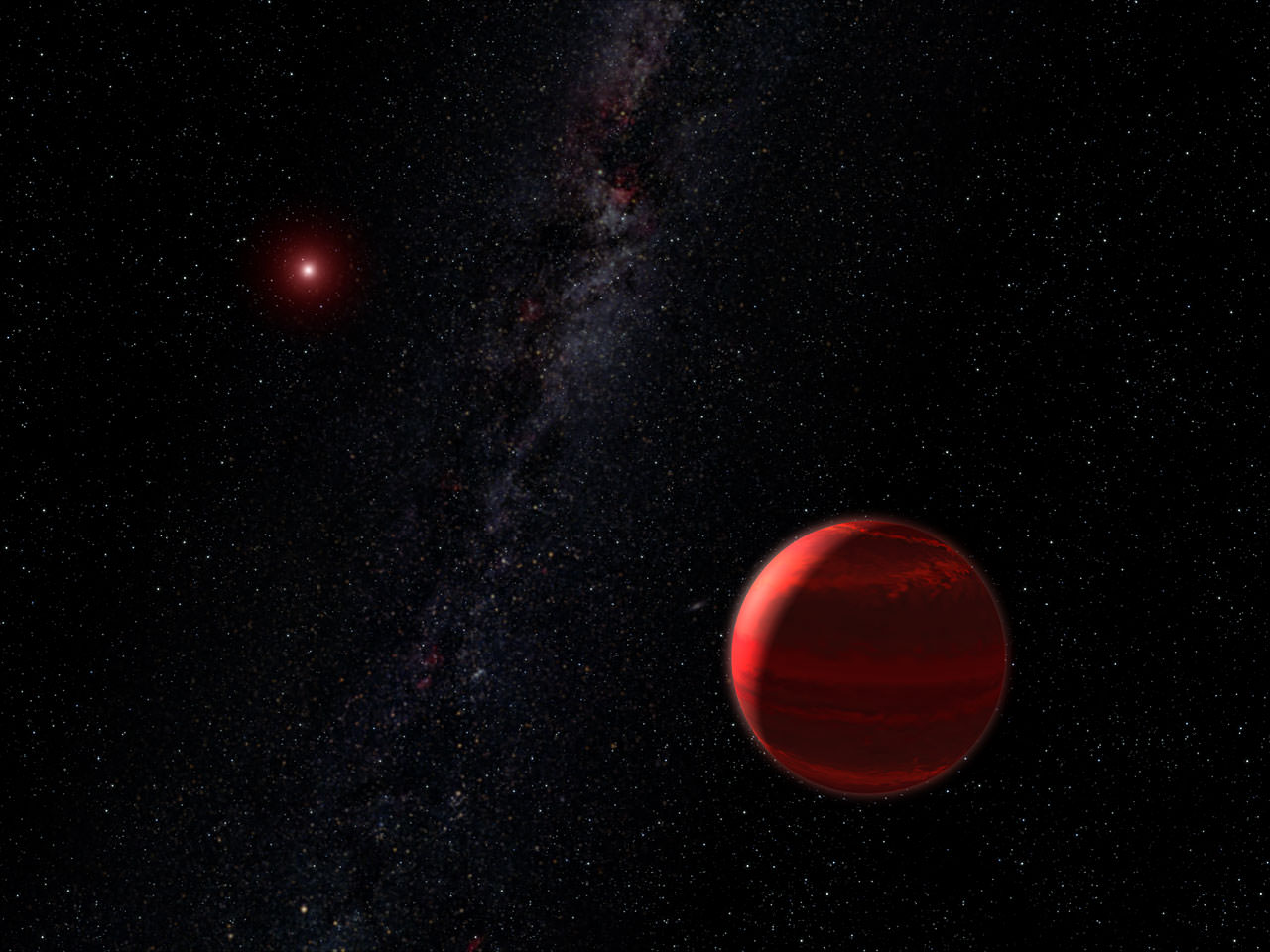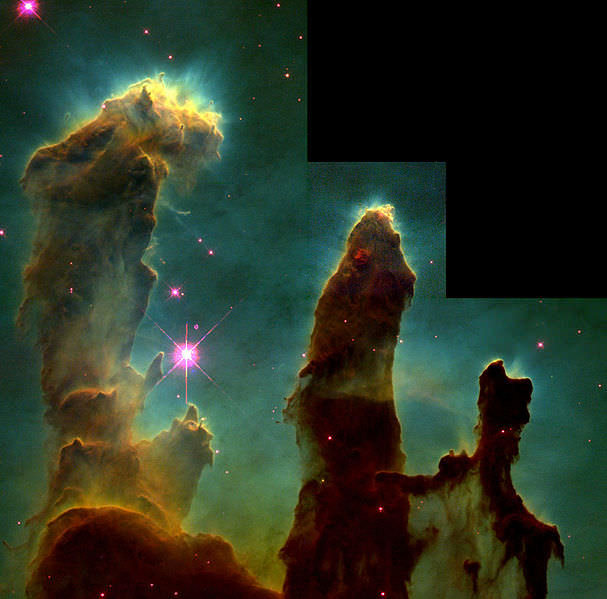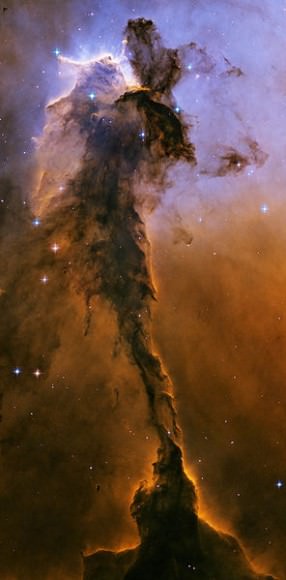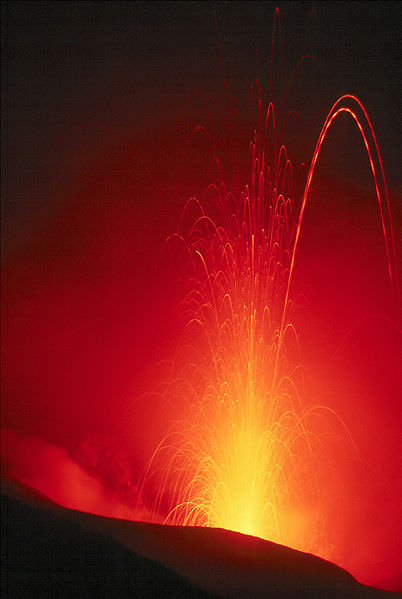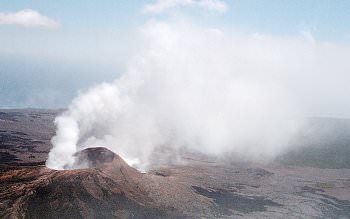[/caption]
Some of the most dramatic mountains in the world are fold mountains. These are created when two of the Earth’s tectonic plates crash together – like in a head-on car crash. The edges of the two plates buckle and fold, and the peaks of these folds are mountains. Entire mountain ranges, thousands of kilometers long, are created during these slow motion collisions between tectonic plates.
Some famous examples of fold mountains are the Himalayan mountains in Asia and the Rocky Mountains in North America. Consider the fact that the Earth’s tectonic plates are moving very slowly, just a few centimeters every year. These folding collisions play out in incredibly slow motion, taking millions of years. The Indian subcontinent crashed into Asia 24 million years ago, and since then it has built up the Himalayan mountains – the tallest mountains in the world. In fact, the Himalayans are still growing.
Want to make your own folded mountain range? Take two flat strips of modeling clay and put them side to side. Then slowly push one strip into the other and you’ll see how one or both will crumple up under the pressure. You’ll make your own mini mountain range.
We have written many articles about mountains for Universe Today. Here’s an article about different types of mountains.
Want more resources on the Earth? Here’s a link to NASA’s Human Spaceflight page, and here’s NASA’s Visible Earth.
We have also recorded an episode of Astronomy Cast about Earth, as part of our tour through the Solar System – Episode 51: Earth.


